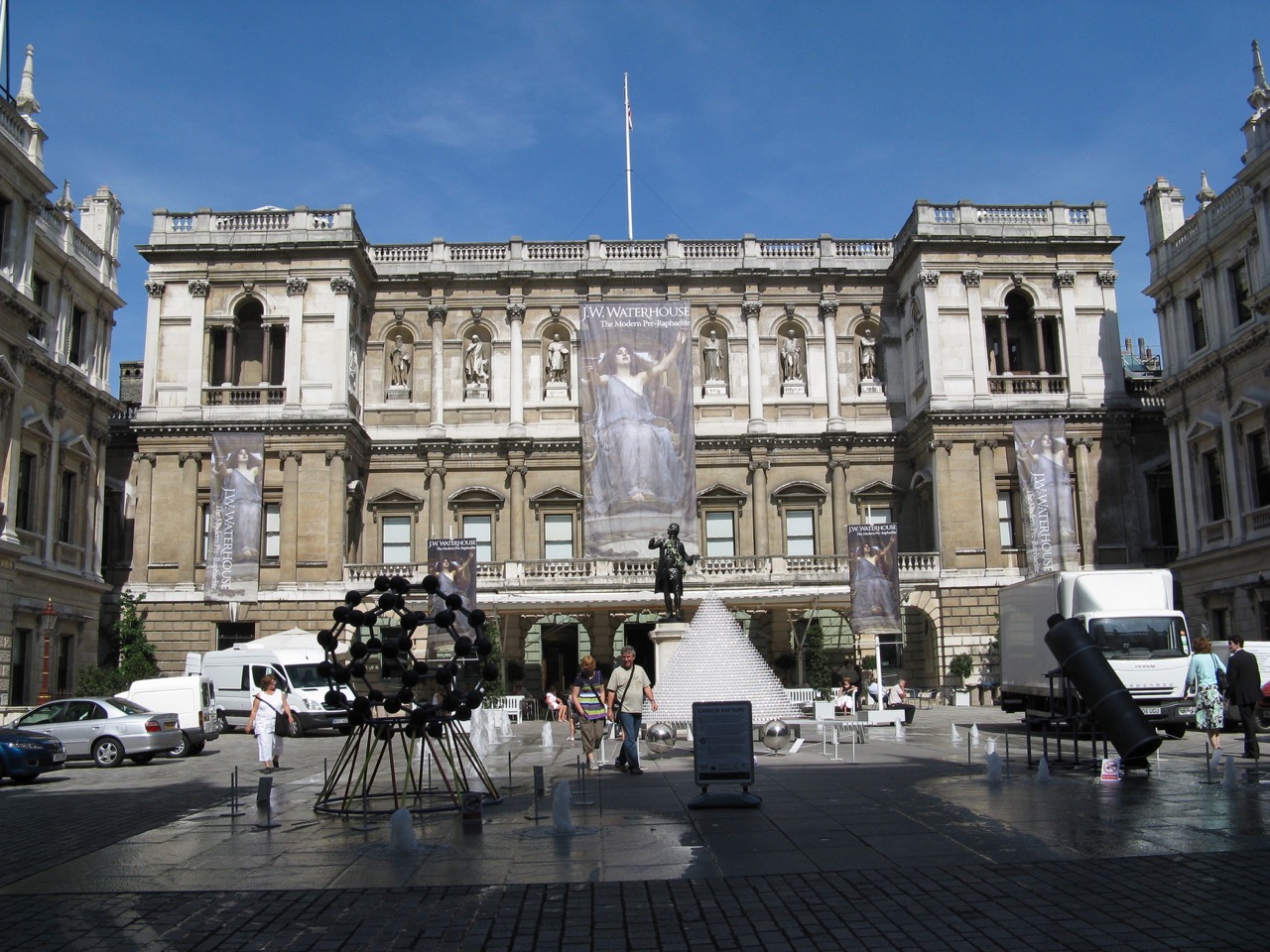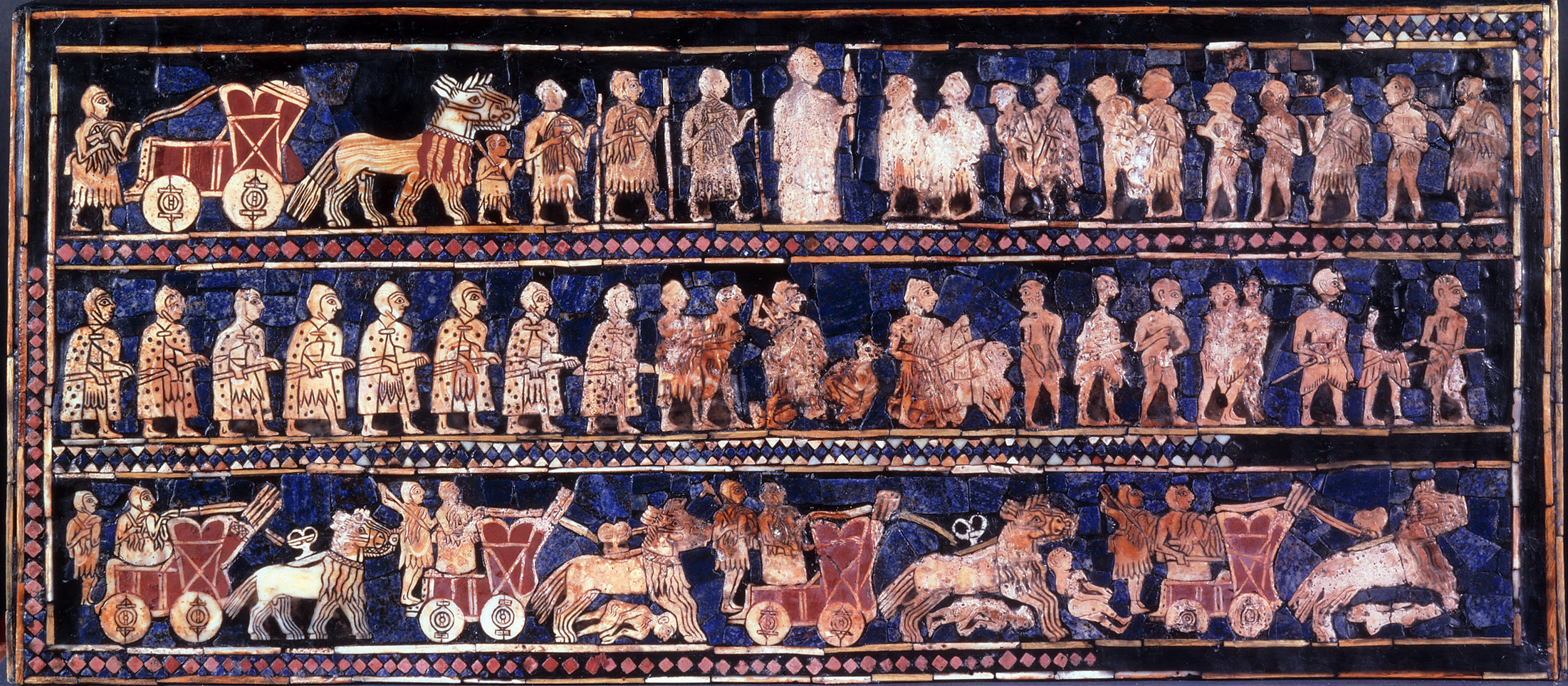Guide to Art History: London
Wednesday, June 23, 2021
With most COVID-19 regulations relaxing, lots of the art museums in the UK are opening back up! Take a look for your next visit to London.
The National Gallery:
Located in the famous Trafalgar Square, The National Gallery is widely accepted as one of the top art museums in the world. Not only is their collection wonderful, but the Sainsbury Wing done by Robert Venturi and Denise Scott Brown is so significant. The National Gallery has paintings such as the Bathers by Cezanne, Bathers at Asnières by Georges Seurat, and The Arnolfini Portrait by Jan van Eyck. When in London, this is a must-visit.
The Wallace Collection:
Though it has other types of art, the Wallace Collection specializes in 18th century French art; including painting, artifacts, furniture, and many others. Their collection is also so extraordinary in armor and weapons. Do not overlook this gem in London!! Watch the video above for the history of the collection.
The Royal Academy:
The Royal Academy has artists' work ranging from John Constable (click to learn more from a Zooming In) to Yinka Shonibare (click to learn about the Swing ). Since being founded by artists and architects in 1768, the Royal Academy has been an art museum that is run by artists.
Tate Modern:
The Tate Modern houses so many wonderful pieces of modern art including some Yayoi Kusama, The Swing (after Fragonard) by Yinka Shonibare, and Rodin! This museum is loved by London natives and visitors alike.














